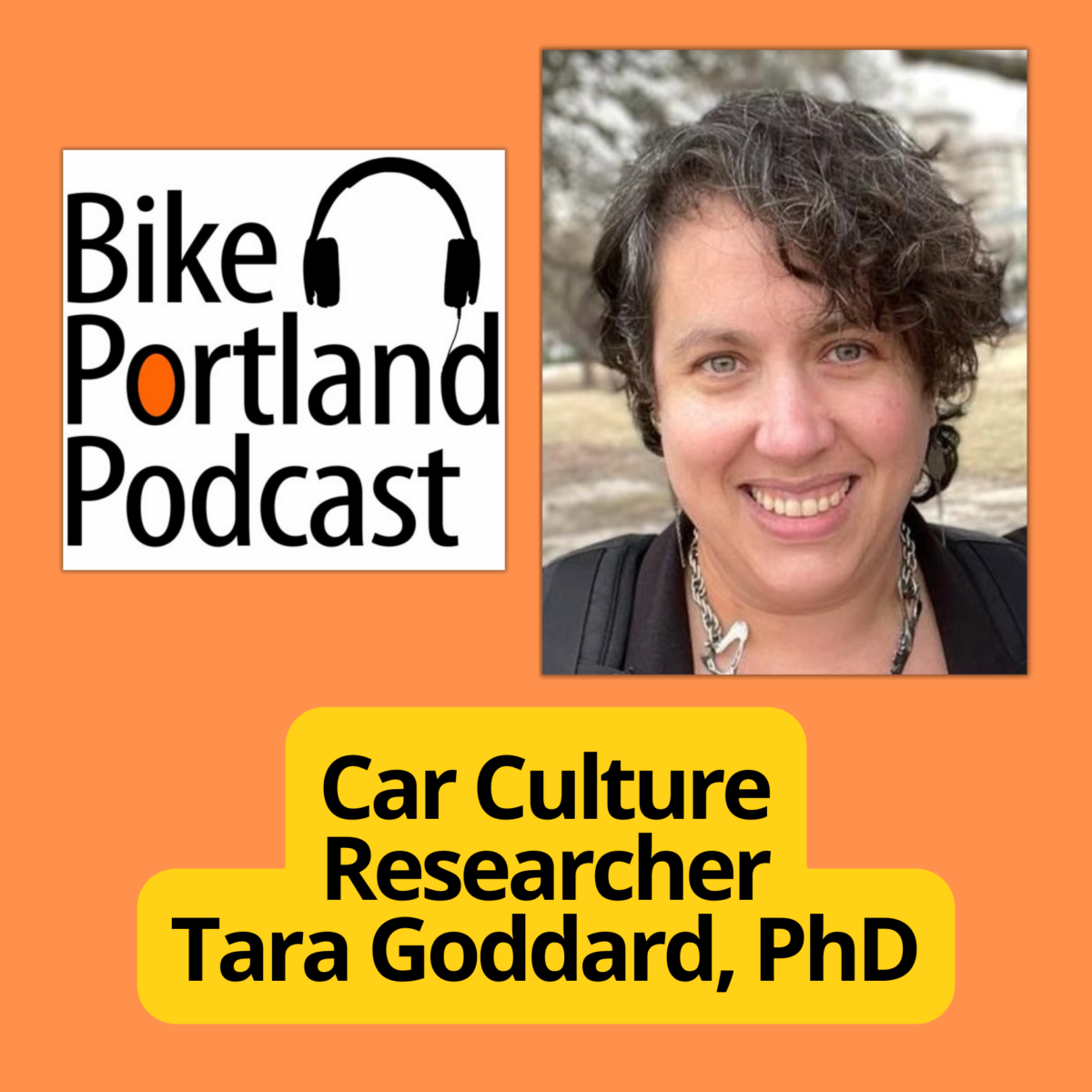There’s an interesting dichotomy in many conversations around transportation safety. Should the push for safer roads focus of driver behaviors or the design of our roads?
Obviously, the answer is a combination of both, but what should the balance be?
Government agencies and transportation departments are the ones who usually push the idea that the terrible safety outcomes we have are the fault of how people drive — not the streets they drive on. And who can blame DOTs for pushing the individual responsibility narrative? After all, streets are their work product: they could face legal liability if they’re found to be inherently unsafe and public ridicule of they’re poorly designed.
We hear from many advocates that the infrastructure itself is to blame. Transportation nonprofit groups in the U.S. have long made things like bike lanes the focus of their campaigns and have promised us that better infrastructure will lead to safer behaviors, less deaths, and so on.
This “systems versus people” debate is one of the things I explored with Dr. Tara Goddard in the latest episode of our podcast. Dr. Goddard has a doctorate in urban planning from Portland State University and is currently an assistant professor in the School of Urban Planning at Texas A & M University. One of the focus areas of her research is car culture and how implicit bias impacts the way people drive.
Some highlights of this episode include:
- How to improve the police-to-media information pipeline.
- Dr. Goddard’s interesting research
- Her idea to copy the “safe sex” approach to fighting AIDs to driving
- Whether it’s smart to use the phrase “traffic violence”
- What is the right balance in the “systems vs people” debate
You can find the episode on every major podcast platform. Thanks for listening!


